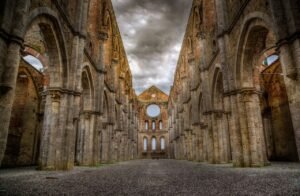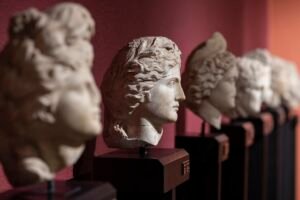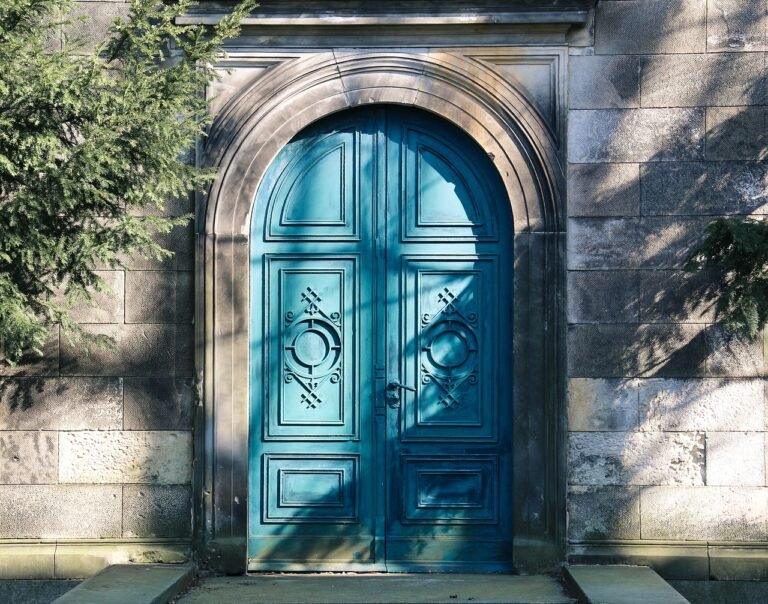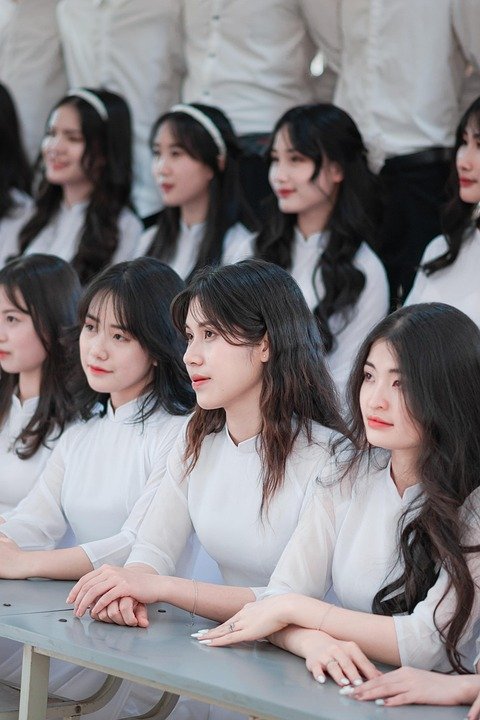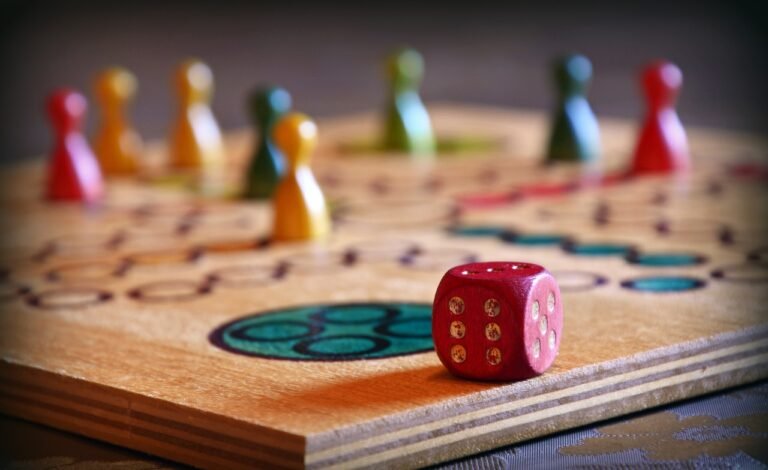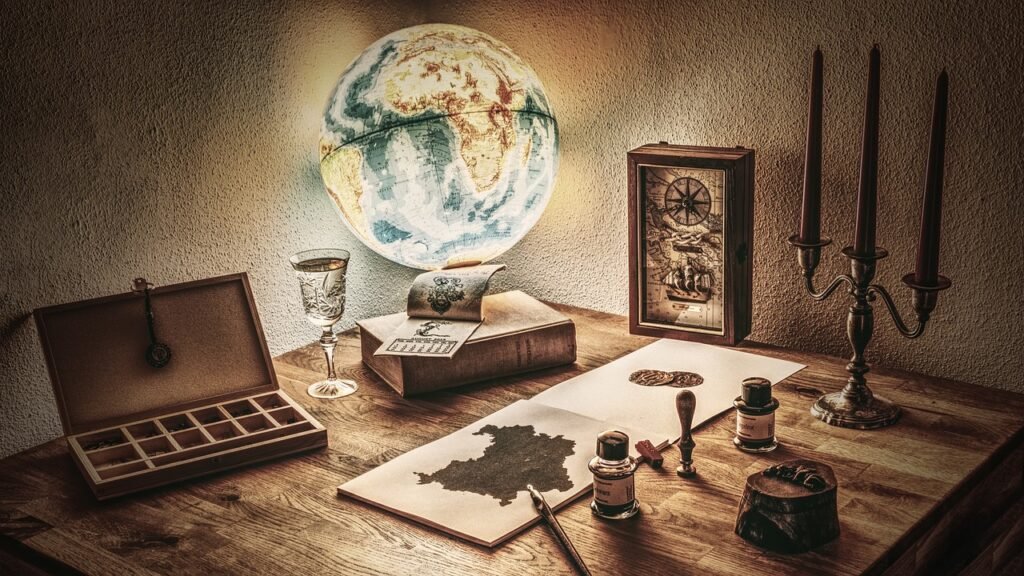
Introduction to ancient artz:
In this world which is full of in art, there is an ancient artz that is unique and touchables the heart as it narrates the stories of the ancient civilizations. When we talk about this term, ancient artz, we are not just looking, simply into art forms, but we are also talking about the means of producing, the techniques, and the material resources of the ancient peoples. These great works of art have always fascinated faces and for generations, people have expressed their delight for such eternal pieces and how they have shaped the sphere of art to this day. This paper zooms into the center of mass and includes the several art forms known as ancient artz, their meanings, the context in which they originated and how they have influenced the present day world.
What Do You Mean When We Say Ancient Artz?
Timing, ancient artz speaks of the many forms of artists and their beautiful art creations which are produced by people a few thousand years back. It includes more art forms, for instance, sculpting, painting, and even pottery; these and each unique society, an identity that thrived around the world during different eras. It is this word that binds time that carries stories and so much more that is all within the reach of people’s ancestors. Ancient artz is not only the enjoyment of the eyes but provides and encompasses a greater understanding of humanity and the evolution of humankind throughout the epochs.
Cultural and Historical Context Paragraph Everything has its origin; the artwork has appeared along the history timeline in parallel to human culture, religion, and activities. It had its practical purposes, depicting traditions, important activities, great moments. Everything was decorated – sculptures, and jewelry, made in great arts of the epoch. To make one example: Egyptian art was related to worshipping; gods and pharaohs are portrayed in strong forms. Even more, we can say; Greek art was also about people, and the symbiosis of dimensions, proportions, and harmony. проверить на ошибки Global Scope of Ancient Artz The world of ancient artz is broad and diverse and unites various countries and nations. Such eminent civilizations as the Egyptians, Greeks, Romans, Chinese, Mesopotamians, American Indians have contributed art for culture. Egyptian paintings, Greek sculptures, Roman mosaic works, Chinese porcelain, all belong to some ancient artz and all are very characteristic of its diversity. All civilizations developed in an individual mode and possessed various technologies, styles, which has diversified the world culture plenty.
Forms and Techniques in Ancient Artz Involvement
Sculpture:
Out of many ancient artz, sculpture has been placed last. Because gallant pharaohs, and beautiful human statues of the Greeks depict thousands of figures and gods for thousands of sculptures have done for centuries. Greeks were the best in the field of form and anatomy, alphabets were able to construct great figures like Disckobolus and Venus de Milo. These works demonstrate the Greek striving for the idealist representation of people which is won by every artist and remains to this day.
Painting and Murals:
Painting in the olden days varied from the gentle touches over the surface on the cave to very large-scaled works like fresco paintings on the walls of palaces. Sister Sophie Monet owned paintings on the walls created in caves such as discovered in Lascaux, France, where figures were made when hunting and participating in social way of life during primitive ancient times. Tombs and temples in Egypt were covered with wall paintings that easily evidenced Egyptian civilization and these paintings represented the life after death. Roman paintings, however, were more devoted to life and created painted walls of large conserved areas of peoples lives with many details.
Pottery and Ceramics:
You can learn a lot from pottery and ceramics in terms of technology and even culture of the particular society. In pottery, the Greeks have achieved outstanding success making impressive vases engraved with the figures of gods and depicting exploits of heroes. In China, however, the level of ceramics was raised to an advanced stage with the production of porcelain known for its exquisiteness. Pottery was also an area of excellence of the Mayans who crafted out beautifully decorated pots used in rituals and ceremonies.
Architecture:
Architecture of the past is a clear indication of man’s creativity. The Egyptian pyramids which are overwhelming in size and accuracy are still seen as the hallmark of ancient civilization. The Parthenon of Greece is regarded as classical architecture that demonstrates balance and symmetry in its columns. The Great Wall of China on its part is deemed as an architectural marvel demonstrating the strength and resolve of the Chinese empire.
Metal and Jewelry:
The craftsmanship of metalwork and jewelry in ancient cultures were definitely stunning, as these were made using finer metals and stones. There were techniques that were created integrating casting, engraving as well as filigree so that necklaces and jewels could be worn by the elite. The ancient Egyptians are noted for wearing jewelry that is quite often for decorative purposes and this often contains elements of gold or precious stones as these were used to represent power. Just as in, the metalwork of the Romans also consisted of elaborated brooches and amulets which originated from certain aesthetic trends and were reflections of cultural beliefs.
Symbolism and cultural traditions:
Religious themes:
There was always art which included god’s figures, or some creation of a myth, such activities Ancient Romans found themselves engaged in for most of the time, as well as the British was heavily dependant on religion. Temples were adorned with decoration as mementoes showcasing the deities that adorned every chamber of the tombs. Statues and reliefs made gods in the Egyptian pantheon have several depictions and symbols that portrayed them with each kneeling god representing some aspect of their being. As for Greeks, Minoan and Mycenaean artists magnificently illustrated these pieces through paintings in vases and figures of sculpture, making the classic narrations compete with arts in terms of content.
Social Hierarchy and Power:
Art also was a form of social hierarchy and power in the ancient society. The rulers and elites got great works of art done to promote their power and recall their deeds. Vast statues of pharaohs and emperors represented eternal dominance and military supremacy. In many societies, work of artistry was utilized as means of promoting the social order, presenting the strategic order and duties within the society.
Nature and the Cosmos:
Nature and cosmos were major sources of inspiration in ancient art, portraying the interdependence of man and nature. Animals, plants, and stars were portrayed in different forms with their meanings. The lotus flower, for example, in the art of ancient Egypt was signifying creation and reincarnation, while the stars and sun had a great place in many culture, which signified deities or assisted in guidance.
Storytelling and Preservation:
History is full of stories and ancient art was one of the tools that could tell a story and that the history has been preserved. Instead of writing, people used imagery, where, for example, artists depicted events, explained cultural legends, and such customs that would be handed down to posterity. Pictures and paintings on stones such as the spoils of war, victories and ordinary activities tell events of the past. These pictures and art forms are representative of the world view, principles and life of ancient people.
Influence of Ancient Artz on Present Art and Culture:
Art Movements Inspired by Ancient Art:
The ancient artz continues to influence a variety of art movements across periods. The Renaissance period was characterized by a revival of classical art, particularly artwork from Ancient Greece and Rome, which focused on harmony, proportion, and realism. In the eighteenth century, neoclassicism aimed to capture the ancient art forms’ harmonious simplicity and beauty. In the twentieth century, elements of ancient Egyptian and Aztec design were noted in Art Deco as it merged the ancient with the contemporary.
Techniques Revisited:
In the present day, modern artists still go back to the past in order to integrate different techniques in their present works. Frescoes, mosaics, and metal casting techniques can be considered useful and relevant in the particular context. Such original works of art are created with the aim of fusing the past with present art through the combination of traditional and contemporary artistic techniques.
Exhibitions, art and archaeology, and is it possible to preserve them?
In press coverage on the Summit on Ancient Art in May, a Central Asian author spoke of a ‘silent tragedy’. The speaker was referring to the controlled flooding of Lake Mjar Teren under which Ukrainian museums would establish an underwater world comparable to that in ancient civilizations. There are many unanswered questions about ancient civilizations as there are fragments of them still left in situ across the world. Further discussing the Central Asian region, vast creative potentials have emerged worldwide through the recent pandemics of the last two years. Travelers around the world explore their local, nation, and global civilization through the lens of empathy. Most creative and artistic pieces continued showcasing cultures from the ancient world including ancient civilization, modest civilizations, and colonies.
As things stand, ancient artz clearly fascinates and pertains to several vast civilizations that people continue to stare up at. Ancient Egyptian tomb art, ancient Roman and Greek ruins, and wondrous Mesopotamia have left gigantic wonders unfinished in this troubling world. People witness the lava fountains of the Roman Empire’s ancient pillars, exploding colorful mosaics of the Byzantine Empire, and Upper Egypt’s warrior’s mysterious past. Ancient Sphinx pyramids protect the past civilization’s legacy as such magnificent artifacts seem constructed for eternity. One realizes the sheer scale of foreign civilizations through classical art and creates novel images with potential unprecedented perspectives. Nevertheless, reconstructions seldom recall the majesty of Pillars dultered by volcanic eruptions. Cleopatra, Greco-Roman cathedrals, and empires captivate various imaginations all across the globe. What boundaries exist between cultures? Do they possess any or are we totally intertwined through lineage that has been deprived of vision for centuries?
Asian Art Asian art is remarkable and manifold as it is a window to the culture and traditions of the region. The terra-cotta warriors in China guarded the tomb of emperor Qin Shi Huang and these life-sized statues are remarkable in their detailing. It is this ancient Japanese pottery, which is simple yet sophisticated that still influences contemporary ceramic art. Carvings in Indian temples show intricate carvings depicting gods, goddesses and supernatural figures celebrating the faiths of south Asian masses.
Indigenous American Art American indigenous art is rich in cultural and historic symbolism providing a direct link to the early inhabitants of there continent. Petroglyphs, as they are termed ,are incised into boulders or rock faces, have been used to represent the events and emblems of distinct tribes. The pottery of such civilizations as the Ancestral Puebloans was decorative and was also beautifully shaped, having artistry. Mayan hieroglyphics carried a complex system of writing through which this once great civilization could express its sophistication and knowledge.
Why Ancient Artz Matters Today Ancient artz has particular importance in taking those individuals to a higher level of understanding in terms of religion and eternity. It links people to their forefathers, showing how they lived, what they believed in and what influenced their way of life. These artworks should be protected so that posterity would find them eulogized and could learn from these historical accomplishments.
Educational Value Ancient Polynomial Artz Articles Postponed The value of ancient artz is that of providing insight into civilizations as they existed in the past. Through art as well, we are able to understand in theory, events that occurred in the past, technologies developed at that time and how people lived. It remains a great tool for researchers and historians and anyone who has an interest in the world. Artistic Inspiration Contemporary artists often find themselves inspired by the poets and the artists as well as the tales, techniques and styles of ancient artz. This time, by practicing such ageless creatures, they create an utterly new form of ancient themes. The beauty of ancient art remains an enchanting source of inspiration for an artist today. Conclusion Once again while trying to penetrate the modern society perspective on the ancient artz, we find much elaboration on imagination, culture and history as well. Therefore, such eternal works prepare an excellent orientation towards the humanity and its past and at the same time trigger the contemporary. Millions share masters creating silhouettes and other things which are created by ancient artz which triggers inspiration for these millions. By exploring and conserving ancient artz we enhance appreciation for culture and history by ensuring that our ancestors achievements and stories will be passed onto generations to come. There is a lot of learning and discovery waiting in the realm of ancient artz whether one goes to a museum, learns about sculptures and works of ancient art, or even hears the history surrounding the works of masterpieces.

